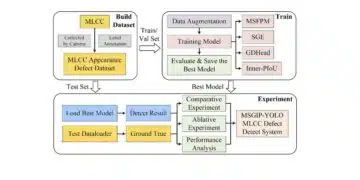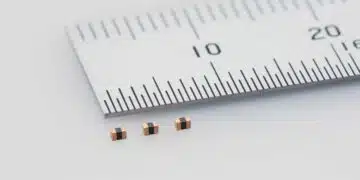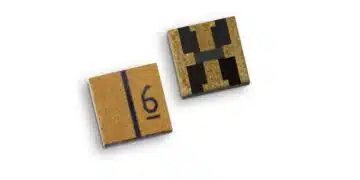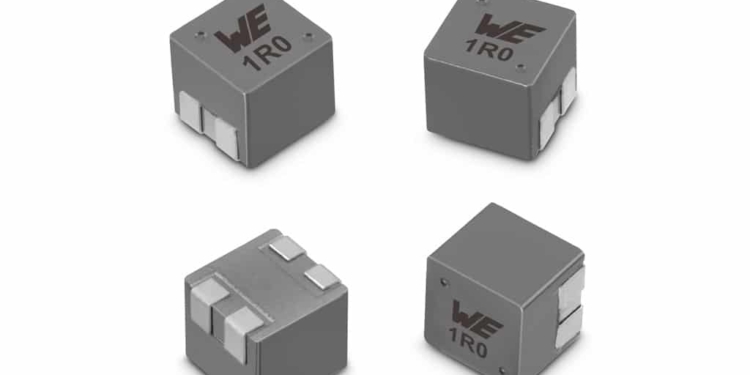Source: Würth Elektronik eiSos news
Waldenburg (Germany), 17 July 2018 – Würth Elektronik eiSos, manufacturer of electronic and electromechanical components, unveils WE-MCRI – a novel double choke: It is the first of its kind on the market with molding technology. With its soft saturation characteristics, a WE-MCRI is above all suited for DC/DC converter applications.
WE-MCRI consists of two identical round wire-windings compacted in a metal powder material. The double chokes for SMT assembly with outstanding electrical power and improved EMC performance are extremely compact (10 x 11.5 x 9 mm) and offer attractive options in PCB design.
The new series is designed for a rated current up to 17 A and a saturation current up to 43.5 A. Thanks to their special winding style, the WE-MCRI series components excel with their outstanding coupling coefficient of up to 0.995 which means much lower leakage inductance than similar coupled inductors.
These double power chokes are the perfect solution for SEPIC and Ćuk converters for which a high rated current and saturation current with a high coupling coefficient are called for. Further applications include flyback converters with a 1:1 turn ratio as well as step-up / step-down converters with isolated secondary output voltage.
The WE-MCRI series is available from stock in any quantities. You can request free samples.
More information at https://katalog.we-online.de/en/pbs/WE-MCRI
































